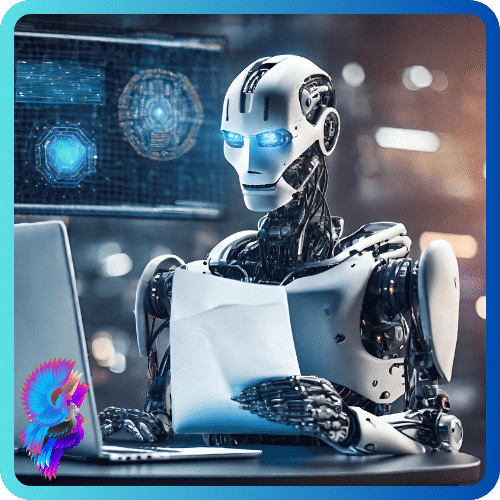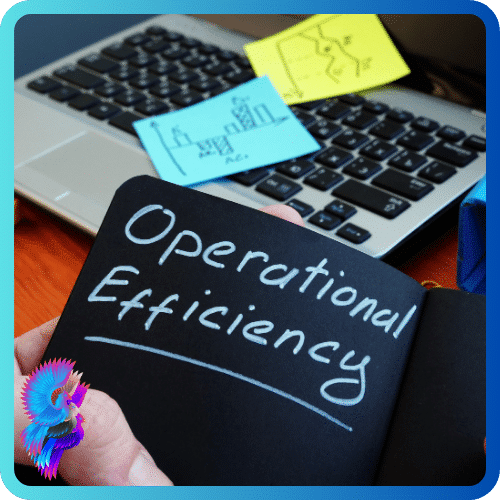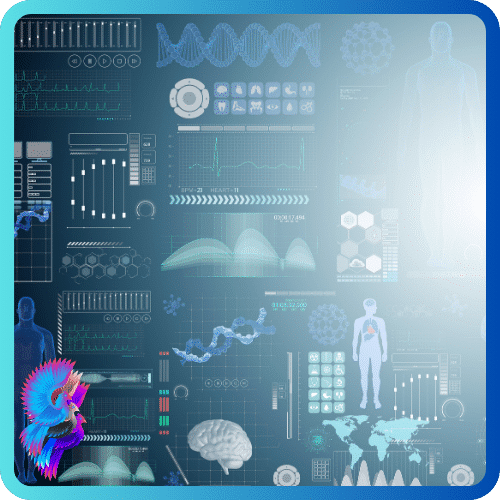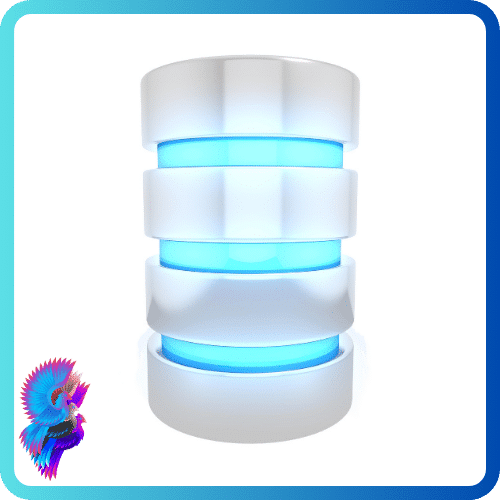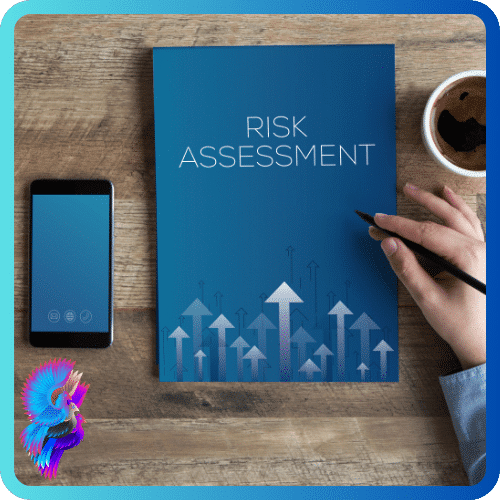Advertisements
What is Artificial Intelligence (AI)?
what does it mean for our future?
Artificial intelligence (AI) is intelligence that comes from machines as opposed to intelligence that comes naturally from creatures like humans.
The study of intelligent agents, or any system that can understand its surroundings and respond in ways that increase its chances of success, is what artificial intelligence (AI) researchers focus on.
Consequently, artificial intelligence is defined as the capacity of robots or computers to mimic human intelligence in areas such as language comprehension, picture recognition, decision-making, and problem-solving.
Artificial intelligence (AI) is not a single technology but rather an umbrella term for a set of related approaches and resources.
There are several ways in which artificial intelligence (AI) contributes to our lives today.
Using a search engine like Google or Bing to look for something online.
The practice of receiving tailored suggestions from services like Amazon, Netflix, and Spotify.
Using voice-activated digital assistants to do things like ask queries, play music, set alarms, and manage smart home gadgets.
Using or riding in autonomous vehicles that can observe traffic laws, prevent collisions, and do other tasks traditionally performed by human drivers.
AI-generated or augmented creative works, such as poetry, fiction, music, or art, for either creation or enjoyment.
Enhancing our health and well-being via the use of artificial intelligence-powered gadgets or applications that can track vital signs, make diagnoses, offer treatment recommendations, or even deliver therapy.
Furthermore, AI has revolutionized many other types of businesses, including:
In the classroom, AI has the potential to improve instruction by facilitating the use of individualized lesson plans, dynamic feedback, intelligent tutoring tools, and computerized assessment tools.
AI has the potential to greatly improve healthcare by aiding in areas such as diagnosis, treatment planning, drug development, the analysis of medical images, and robotic surgery.
In the business world, AI is useful for tasks such as market research, customer profiling, demand forecasting, price optimization, and even detecting fraud.
Quality control, predictive maintenance, process optimization, and smart automation are just some of how AI may assist engineers and factory employees in the manufacturing sector.
Crop monitoring, insect identification, yield prediction, irrigation management, and food safety are just a few of the ways that AI is helping farmers and consumers in the agricultural sector.
In the entertainment industry, AI may aid in the development of new artwork, animations, sounds, games, and interactive narratives.
The aforementioned are merely a few instances of the everyday uses of AI that may improve our quality of life and how we might live luxuriously.
If you want to maintain your competitive edge and creativity in the 21st century, artificial intelligence is now a necessity.
New possibilities and risks will arise for people, businesses, and society as AI advances and becomes more pervasive.
So, it’s crucial to learn about the basics of AI as well as its current and potential future uses.
Advertisements




